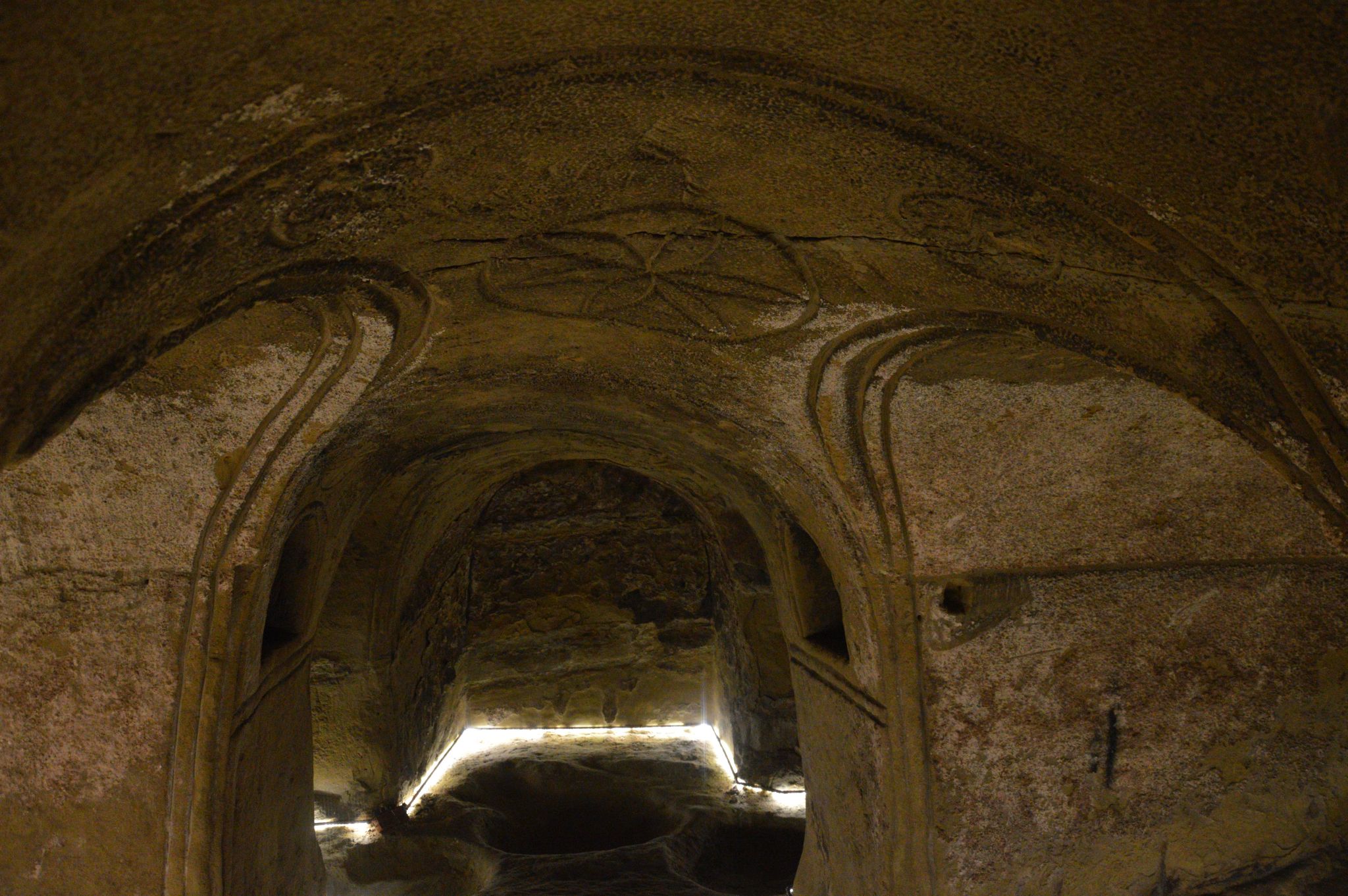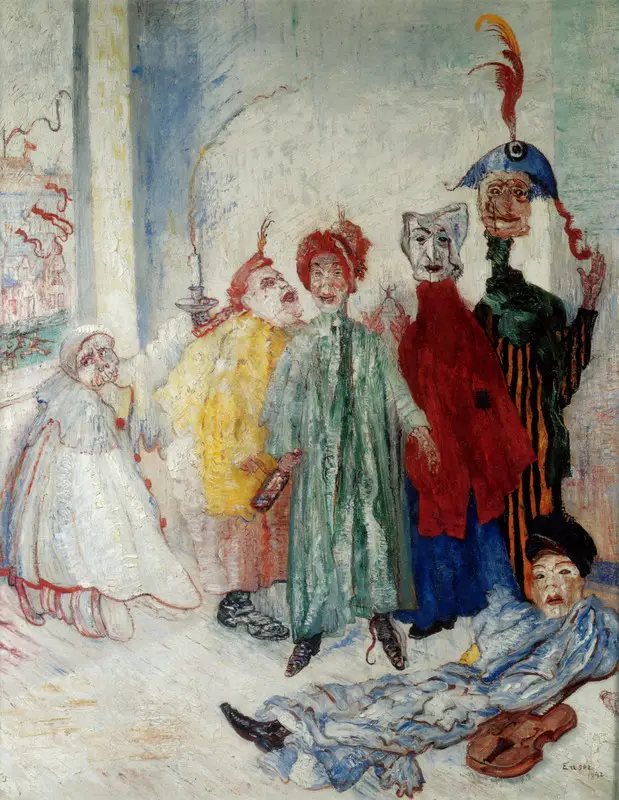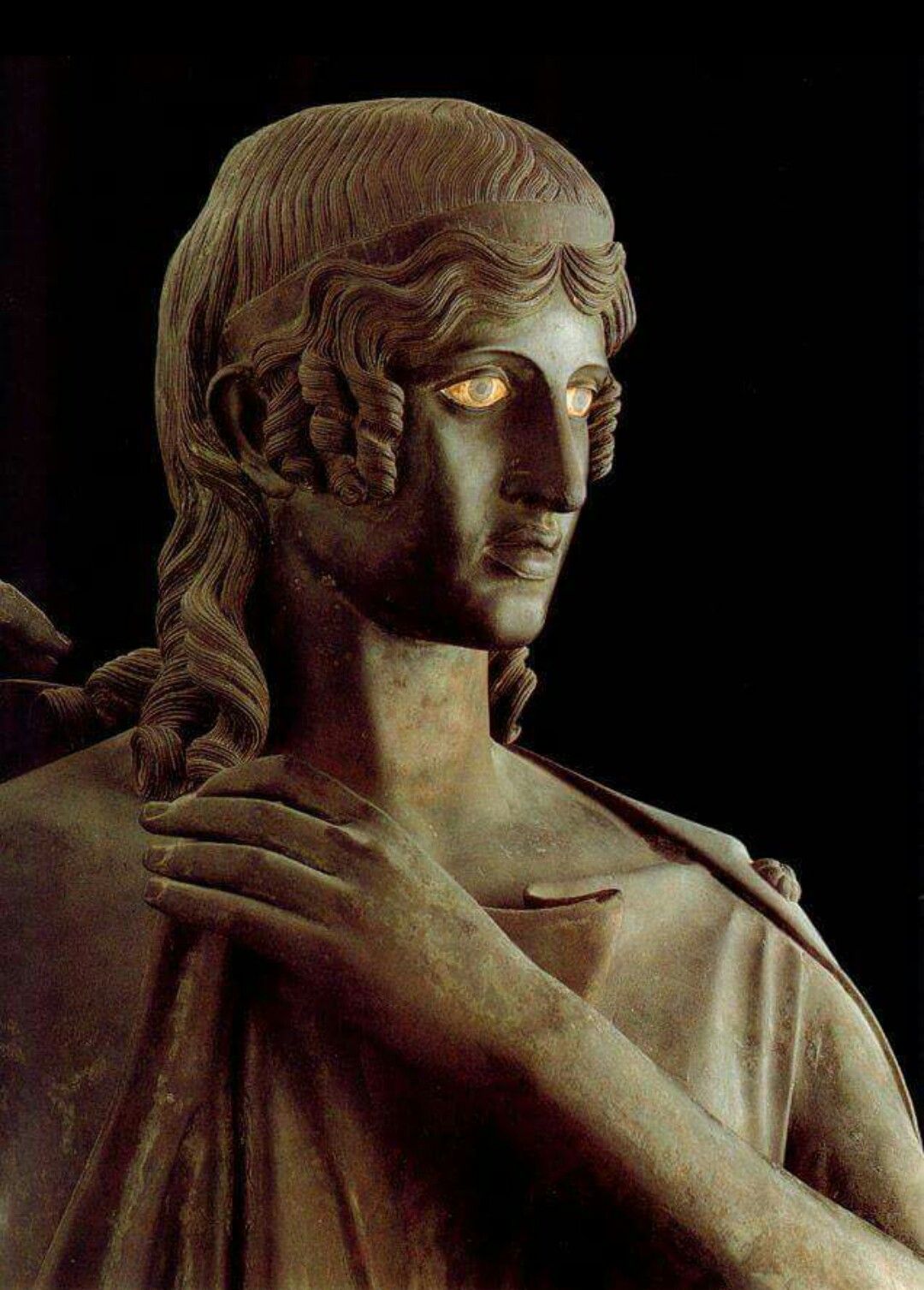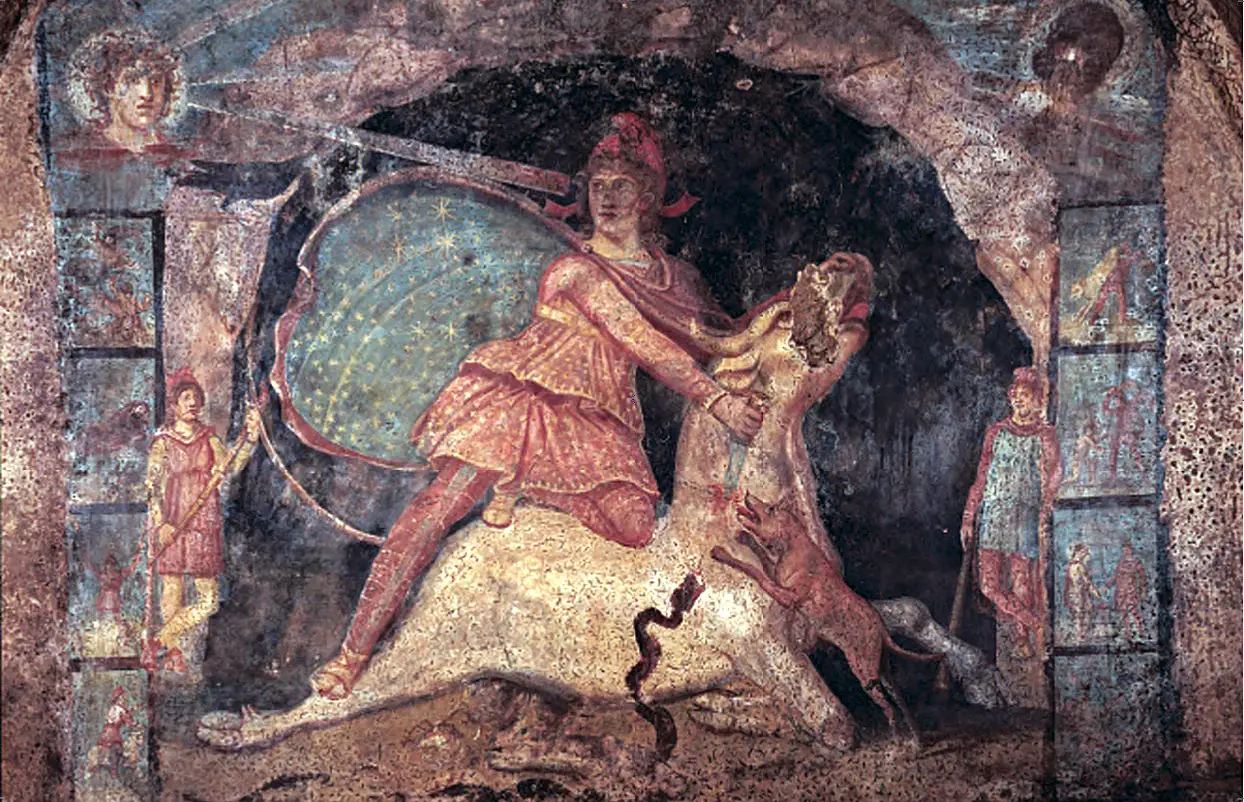Tag: Mysteries
René Guénon: "The symbolism of the theater"
It can be said that the theater is a symbol of the manifestation, of which it expresses in the most perfect way possible the illusory character; and this symbolism can be considered either from the point of view of the actor, or from that of the theater itself. The actor is a symbol of the "Self", or rather of the personality, which manifests itself through an indefinite series of states and modalities, which can be regarded as so many different parts; and it should be noted the importance that the ancient use of the mask had for the perfect accuracy of this symbolism.
Apollo the Destroyer: "coincidentia oppositorum" in hyperborean mysticism and eschatology
Although mostly considered in his "luminous" and "uranic" meaning, in the archaic tradition Apollo combines the most extreme dichotomies in his mystical and eschatology: the bow and the lyre, wisdom and "mania", depth and elevation, the catabasis and the journey in spirit to the White Island, the "Fall" of Being and the return of the Golden Age. Starting from ancient sources, we can find similar concepts not only to those of North Asian shamanism and Celtic spirituality, but even to the sacred vision of some modern poets — like Blake, Shelley and Yeats - whose Apollonian chrism will appear clearer to us if we analyze their “Weltanschauung” in the light of the Platonic and Heraclitean doctrines.
The religions of mystery: soteriology of the Mithraic cult and of Attis / Cybele
(image on the side: affresco representing Mithra killing the bull, XNUMXnd cent. AD, Marino, Italy)
NIn the 50s, the Gnostic documents of Nag Hammadi, found immediately after the war in Egypt, made their entry into the academic world, and the need arose in the field of studies for a reflection on the material available and a rethinking of the categories into which they fell. the so-called mystery cults. The years between the 30s and 40s had already brought new materials and new research hypotheses: studies on pattern or mythical-ritual model inaugurated in England, which still felt the influence of Frazerian comparativism, "by now they were putting the theme of mystery religions in a broader perspective to consider them, one by one, in their ancient roots of national and ethnic religions - Crete, Egypt, Anatolia and the rest of anterior Asia, overcoming the limitation to mystical and soteriological cults of the Hellenistic-Roman age and in particular those relating to divinities of oriental origin»Such as Mithra (Persia), Isis and Osiris (Egypt, Rome), Cybele and Attis (Anatolia), Aphrodite / Astarte and Adonis (Phenicia, Greece) [From: U. Bianchi, The study of mystery religionsin The soteriology of oriental cults in the Roman Empire, Proceedings of the International Colloquium, Rome 24-28 Sept. 1979].
Divinity of the Underworld, the Afterlife and the Mysteries
di Marco Maculotti
We continue the discussion previously developed, taking it from the connection that we have seen to exist, in ancient traditions, between the period of the "solstitial crisis" and the belief in the return of the souls of the dead to the living. The connection with the underworld / underworld and with the Kingdom of the Dead seems, as we have seen, to be recurrent for these deities that we have defined as 'of the Winter Sun' [cf. Cernunno, Odin and other deities of the 'Winter Sun'], at the same time gods of fecundity and also linked to the underworld and, therefore, to the deceased.
We have already seen that the Celtic Cernunno, in addition to being a god of nature and time, is also considered an underworld deity, especially as regards his psychopomp function, as a companion of the dead in the afterlife: a mercurial aspect that in tradition Nordic is also found, as we have seen, in Odin / Wodan, from which in fact derives the day of the week which Latin belongs to Mercury (Wednesday= “Wodan's days"). Likewise, in many traditions from all over the world there are numinous figures connected both with fertility and with the Underworld and the Underworld, starting with the Mediterranean Lord of Hades Pluto, among whose symbols there is the cornucopia (*krn), conveying abundance, fertility, wealth.
Gustav Meyrink: "The green face"
«The facts of Meyrink's life are less problematic than his work… Munich, Prague and Hamburg shared the years of his youth. We know that he was a bank employee and that he abhorred that job. We also know that he attempted two revenge or two forms of escape: the confused study of the confused "occult sciences" and the composition of satirical writings ». With these words, in 1938, Borges fearlessly presented to Argentine readers Meyrink, the dream author par excellence, in which the fatal encounter between the occult and the feuilleton takes place. And it is in the Green Face that Meyrink reaches the apex of his art as a "chimeric novelist" and of his "admirably visual" style - and the apex of his histrionics, if with this word we mean an amazing ability to breathe narrative life into the most arduous esoteric images: in this case the legend of the green face, that is the evanescent face of the one who holds "the keys of the secrets of magic" and, immortal, remained on earth to gather the elect ". [back cover Italian edition Adelphi]






